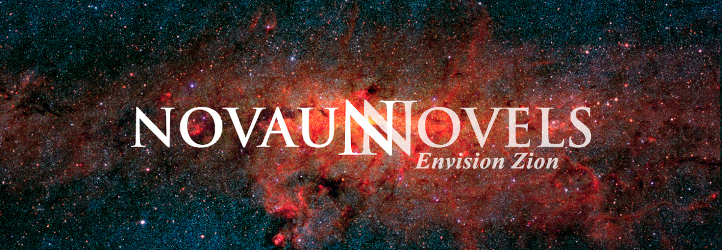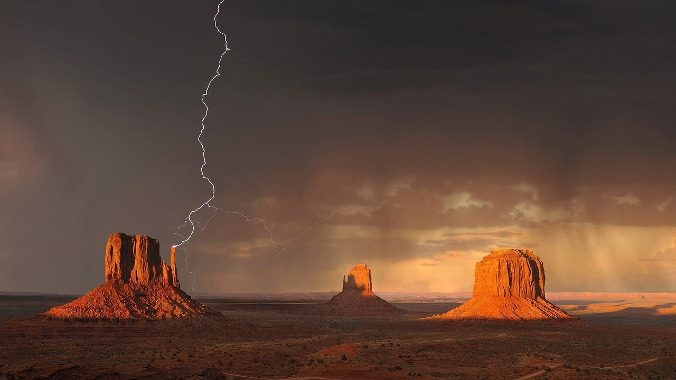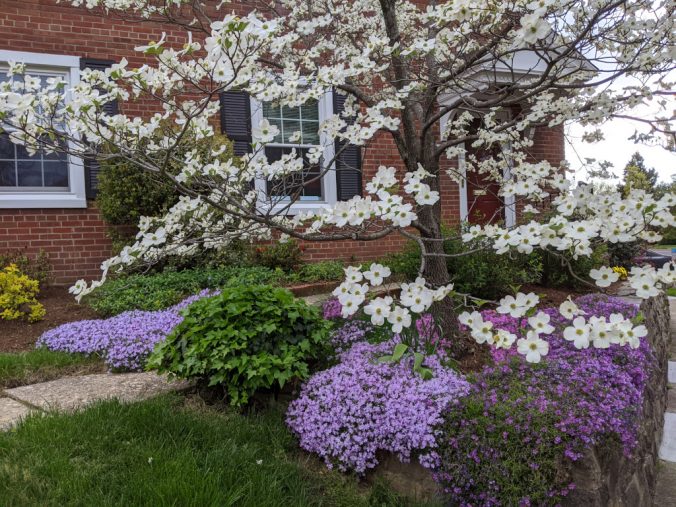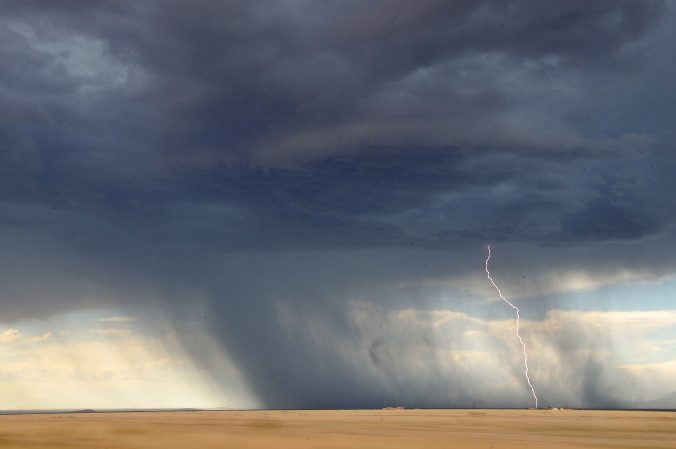When I saw that one of my favorite LibriVox readers recorded The Scarlet Pimpernel and two of its sequels, I decided to listen to them. The Scarlet Pimpernel isn’t great literature, but it’s fun, and I’ve been in the mood for light reading.
Continue readingTag: wholesome (Page 3 of 4)
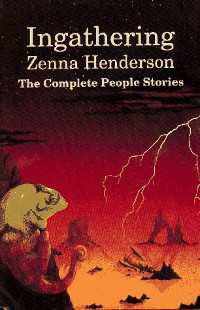
Ingathering; The Complete People Stories, by Zenna Henderson (science fiction)
“Zenna Henderson is best remembered for her stories of the People which appeared in The Magazine of Fantasy and Science Fiction from the early 50s to the middle 70s. The People escaped the destruction of their home planet and crashed on Earth in the Southwest just before the turn of the century. Fully human in appearance, they possessed many extraordinary powers. Henderson’s People stories tell of their struggles to fit in and to live their lives as ordinary people, unmolested by fearful and ignorant neighbors. The People are ‘us at our best, as we hope to be, and where (with work and with luck) we may be in some future.'”
I wish I had read the People stories by Zenna Henderson when I was a teenager. I would have loved them! As an adult, I appreciate these stories and like them. A glimpse of Zion came easily to me as I read Ingathering, because the People and their community embody the idea and qualities of Zion. Some of the religious themes in this book are subtle, but many are so obvious that I question whether stories like these by another author could be published as genre science fiction today. Many readers of classic science fiction already love these stories, and I believe they would be accessible to readers of religious fiction who don’t normally read science fiction and fantasy.
Continue readingThe Secret Garden, by Frances Hodgson Burnett (Children’s classic)
“Born in India, the unattractive and willful Mary Lennox has remained in the care of servants for as long as she can remember. But the girl’s life changes when her mother and father die and she travels to Yorkshire to live with her uncle. Dark, dreary Misselthwaite Manor seems full of mysteries, including a very special garden, locked tight for 10 years. With the help of Dickon, a local boy, Mary intends to uncover its secrets.”
The House of the Seven Gables, by Nathaniel Hawthorne (American classic)
“Built over an unquiet grave, the House of the Seven Gables carries a dying man’s curse that blights the lives of its residents for over two centuries. Now Judge Jaffrey Pyncheon, an iron-hearted hypocrite and intellectual heir to the mansion’s unscrupulous founder, is attempting to railroad a pair of his elderly relatives out of the house. Only two young people stand in his way–a visiting country cousin and an enigmatic boarder skilled in mesmerism.”
As soon as I learned that The Secret Garden would be on my book group‘s schedule for 2015, I thought it would be nice to re-read The House of the Seven Gables also and comment on both novels. On the surface, these books appear quite different, but I knew they were similar in at least one respect—both stories show gardening as being an activity that nourishes both the body and spirit. By the time I was finished reading the books, I realized that they are even more similar than I had remembered; they both address the healing of emotionally diseased individuals and families in old manor houses that symbolically take on the sickly qualities of the families that inhabit them. One of the characters in The House of the Seven Gables describes this relationship between the families and their generational homes:
Continue readingOur Mutual Friend, by Charles Dickens (English classic)
“A body is found in the Thames and identified as that of John Harmon, a young man recently returned to London to receive his inheritance. Were he alive, his father’s will would require him to marry Bella Wilfer, a beautiful, mercenary girl whom he had never met. Instead, the money passes to the working-class Boffins, and the effects spread into various corners of London society.”
Our Mutual Friend details corruption and falsity in those “various corners of London society” to such a degree that a glimpse of Zion didn’t come easily to me as I read it. In this Babylon-like society, the altruistic mingle with the mercenaries, and distinguishing between them isn’t always simple. One thing that Dickens does well in this novel is show how these types exist at all levels of society and that it is possible for a person to change—sometimes for the better and, just as often, for the worse.
Continue reading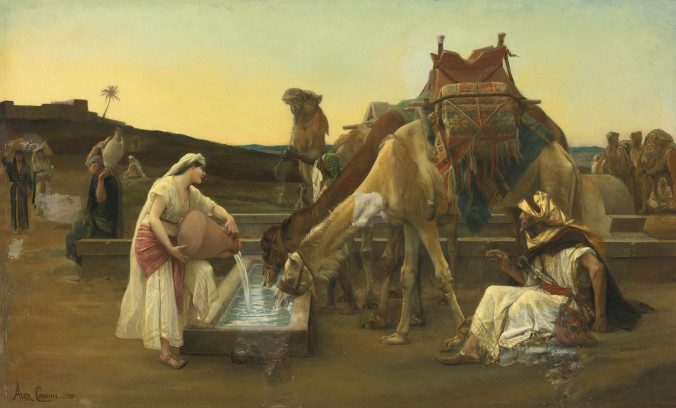
Women and the Priesthood
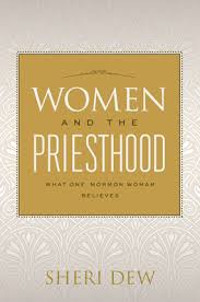
Women and the Priesthood: What One Mormon Woman Believes, by Sheri Dew (Latter-day Saint doctrine)
“In Women and the Priesthood, Sheri Dew discusses the varying responsibilities of men and women in the context of key doctrine of the Church, including the eternal truths that women are vital to the success of the Lord’s Church, that God expects women to receive revelation, and that both men and women have access to God’s highest spiritual blessings.”
Sometimes a book comes along that gives me much more than a glimpse of Zion but an all-out vision of it. This is one of those books. The thing this book does best is detail the tremendous spiritual gifts available to women who are members of The Church of Jesus Christ of Latter-day Saints right now and how—as powerful as we are now both individually and as a group—we will become even more powerful and able to accomplish the great work God has for us to do as we rise up and access the priesthood power already available to us. I’m sure that the reason this book resonates with me so much is that I share Sister Dew’s vision. I have long understood the principles she teaches in this book and have taught them to both women and men in the Church. The reason I feel so passionately that we should keep our reading wholesome and media habits clean is because such practices will better enable anyone to access the power of God. In the chapter entitled “God Expects Women to Receive Revelation,” Sister Dew talks about this reality:
Continue readingOne of the problems with old mysteries and romances is that if they’re any good, their plots have been rehashed a zillion times since they were originally published. Out of the five books listed below, I only remember two real surprises, and they were in the same book. Nevertheless, all of these books satisfied my need for a light read and yet possessed a certain sparkle.
Continue readingYoung Pioneers, a.k.a. Let the Hurricane Roar, by Rose Wilder Lane (YA historical)
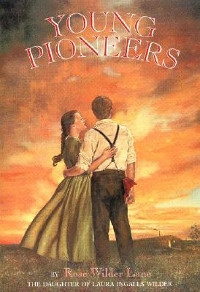
“Newlyweds Molly and David are only sixteen and eighteen years old when they pack up their wagon and head west across the plains in search of a new homestead. At first their new life is full of promise: The wheat is high, the dugout is warm and cozy, and a new baby is born to share in their happiness. Then disaster strikes, and David must go east for the winter to find work. Molly is left alone with the baby—with nothing but her own courage to face the dangers of the harsh prairie winter.”
After a recent read of O Pioneers! by Willa Cather, I decided to try another book about pioneers in the Midwest—Dakota Territory—entitled Young Pioneers, by Rose Wilder Lane. Both books celebrate the pioneering spirit and are frank about the fact that circumstances were often so difficult that many pioneers gave up their dreams and returned to their families and previous occupations in the east. What struck me in particular about Young Pioneers was the passion and hope this very young couple feel about their life together in this rough and beautiful farmland despite the fact that they live in a dugout, in very primitive conditions. I’ve often wondered what drove so many to leave their comfortable or at least tolerable lives for circumstances so savage.
Continue readingO Pioneers! by Willa Cather (American modern literature)
“O Pioneers! tells the story of Alexandra Bergson, the daughter of Swedish immigrants, who is given her family’s farm after the death of her father. She sets out to make the land pay—even when everyone else is moving on—and succeeds brilliantly, while coming to realize her love for a close family friend.”
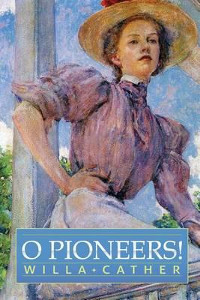
My parents joined The Church of Jesus Christ of Latter-day Saints in Topeka, Kansas when I was two. As a child I participated in Pioneer Day in summer Primary every year to commemorate the arrival of the Mormon pioneers into the Salt Lake Valley in 1847 and even dressed up like a pioneer in a gingham dress, pinafore, and bonnet my mother had made for me. While I appreciate those particular pioneers and the heritage they’ve given to me by adoption, I don’t have one ancestor who actually made that trek. My pioneers are the settlers of Kansas, not Utah. One of the neighboring states of Kansas is Nebraska, the setting of Willa Cather’s O Pioneers! The way Cather describes the landscape in O Pioneers! gives me such a vision of the place where I grew up that reading it always evokes a feeling of nostalgia in me.
Continue readingCicala Filmworks 2007
“ARRANGED centers on the friendship between an Orthodox Jewish woman and a Muslim woman who meet as first-year teachers at a public school in Brooklyn. Over the course of the year they learn they share much in common—not least of which is that they are both going through the process of arranged marriages.”

I watched this film for the first time about a year ago and liked it so much that I recently watched it again. Because it’s such an unusual, obscure film that helped me envision Zion, I thought I’d comment on it. Nasira and Rochel were more familiar than foreign to me for a couple of reasons. I live in a suburb of Washington, D.C. that is as religiously, philosophically, and ethnically diverse as the area depicted in the film. The friendship between Rochel and Nasira could have taken place in my community. The challenges they faced could have happened here too, and while I can’t imagine a principal at one of my children’s schools challenging devout women in the vigorous way the one in the film did Nasira and Rochel, the principal’s mindset is prevalent in my community and contributes to a culture that can be hostile to religious ideas and practices that aren’t politically correct.
Continue readingFireweed, by Terry Montague (Christian fiction, Latter-day Saint)
When sixteen-year-old Lisel Spann sees her brother off to fight in the coming war against what she and her German compatriots have been told is Polish aggression, she “is hardly prepared for the coming years when the storm erupts in full fury. She fights feeling of hopelessness as she watches the Nazis tear her loved ones from her life. Before her eyes her beautiful city is turned to rubble under the allied bombs.” With the help of her family and neighbors, she struggles to survive and hold on to her faith.
If Feathers and Rings is the Latter-day Saint novel I keep going back to, Fireweed is the one that has stuck with me the most. For that reason, when I recently saw it on the shelf of used books at the local bookstore that sells products to members of The Church of Jesus Christ of Latter-day Saints, I bought it to re-read. When I opened it up and read in the author’s introduction that she is a descendant of Germans who lived for a century in Russia before immigrating to the United States, I felt an instant connection to her since I, too, am a descendant of the same group of people, although my ancestors settled in Kansas, not Idaho, and I didn’t grow up with a connection to the German community (aside from my mother’s stories) in Topeka the way the author did in Rupert, Idaho. I didn’t, in fact, know enough about my own family history at the time I originally read Fireweed to see the connection, but I’m so delighted to see it now!
Continue reading